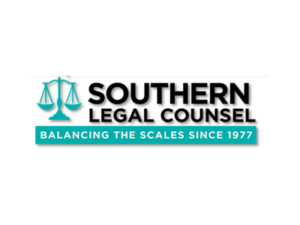
In the year since, the film has garnered tons of critical press, been nominated for numerous awards, including an Oscar for best picture, and been debated around many a queer dinner table, including ours, despite our not having actually seen the movie. With the Academy Awards bearing down this Sunday, and my discomfort with expressing an uninformed opinion growing, Sandy and I watched “The Kids Are All Right” this past weekend.
It was worse than I feared. Major and numerous spoiler alerts here, so if you haven’t seen the film, stop reading.
First of course there is the sex, which among the women is about as passionate and appealing as cleaning the garage. I do not care what porn they watch. I do care that the reason they seem to have for watching porn—to get into having sex with each other—fails to convey the slightest heat (Bening may as well have been watching a documentary on the life of sea turtles) and ends up looking boring and sad. Then there is the parenting. By turns, the women either infantilize their teenage children or smother them. The kids may be alright, but the parents can’t take a whole lot of credit.
The relationship between the Moore and Ruffalo characters seems driven only by opportunity, not attraction. And for those who don’t know many lesbian couples, it will only reinforce the stereotype—harbored by many straight men—that given the chance, we will, in fact, sleep with them. Finally, and then really I will stop, are the moments I found most discomfiting and offensive and yet rarely commented on—the race and class dynamics. There are three people of color in the film. They are tools of pleasure, support, or labor, and when their services are no longer required by our painfully self-absorbed leads, or when they dare react realistically to what they are witnessing, they are rudely and cruelly dispatched.
It pains me that this is the story and characters America is seeing. It pains me that Cholodenko, whose body of work transfixed and moved me, will now have this at the top of her resume. It pains me that Annette Bening had to be cast as a shrew to justify Moore’s unconvincing dalliance. It pains me to imagine what this movie could have been and the story it could have told.
This state of affairs is not unique to us. As the lives of any group, traditionally marginalized in popular culture, move to the mainstream, there will be cringe-inducing moments. We’ll get over it. I’ll get over it. But given the talent and brilliance of all involved, and the final five minutes of the film where we actually begin to like the women and root for their relationship, there will always be a tinge of regret in wondering what might have been.










